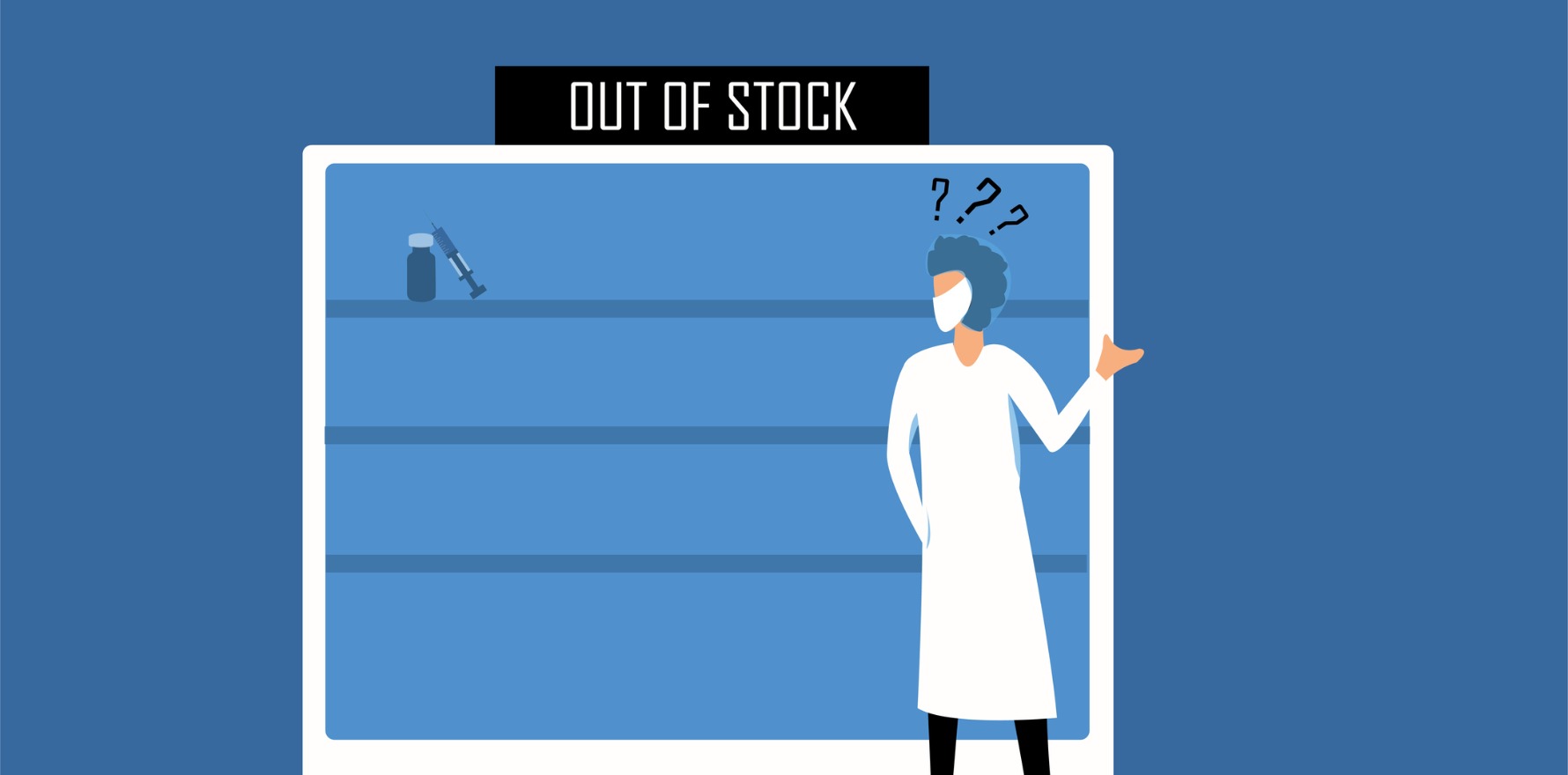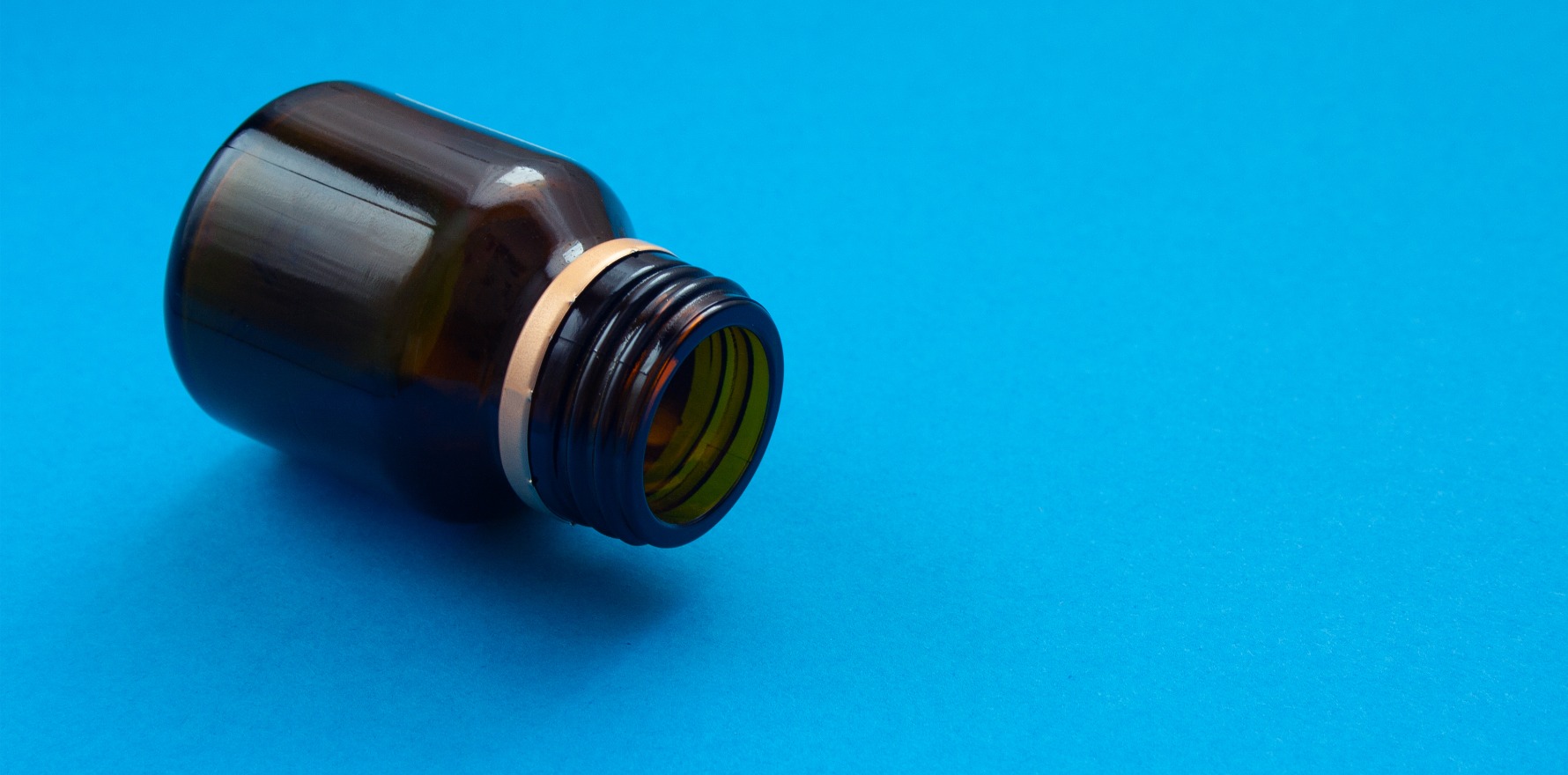‘Twas the night before yet another Vyvanse shortage…
A popular treatment for ADHD is on the brink of becoming hard to find once again, amid a perfect storm of expiring patents and spiking demand.
For the second time in less than 12 months lisdexamfetamine (Vyvanse, Takeda) 20mg has gone into limited supply, which is expected to last until late August.
No sooner will that have happened than the 60mg formulation is expected to go into shortage, this one until late October.
The previous shortage, which involved the 20mg and 30mg strengths, was only resolved in early May.
Stocks of the 30mg, 40mg, 50mg and 70mg capsules are understood to be at normal levels.
Associate Professor John Kramer, who was the inaugural chair of the RACGP’s ADHD, ASD and Neurodiversity Special Interest Group, told The Medical Republic that there were a few options for GPs whose patients were having trouble accessing their prescribed Vyvanse.
For patients on lower doses, it is possible to safely dissolve higher-dose capsules in water and keep it stable for 24 hours.
Someone on 20mg, for instance, could get 40mg tablets and dissolve it in 10mL of water.
They could then take one 5mL dose and store the rest in the fridge for the next day.
It’s fiddly but safe, Professor Kramer said.
“It’s pretty straightforward, but you’re going to have to reassure [patients] that it is actually going to work,” he said.
“I’ve got it on good authority from academic pharmacists, who have reassured us about that [its efficacy].”
Professor Kramer said he had a patient recently who he wanted to start on a low dose of Vyvanse, but felt it was pointless to write a 20mg script due to the shortage.
“I went for 30mg and [told the patient to] put it in water and drink half of it one day, and the other half the next,” the NSW GP said.
Related
Other methods for initiation that he suggested included prescribing 30mg but getting patients to take half-doses for several days before taking the full dose; “30mg is still a low-to-medium dose, just not a big one”, Professor Kramer said.
The problem here is that moving patients between dosages tends to create shortages across different formulations.
There are also alternatives to Vyvanse.
“For people out there who can prescribe – I’m tending to stick with methylphenidate, which is Ritalin or Concerta, because there aren’t any supply problems at this point,” Professor Kramer said.
The reason behind the shortage is twofold: there has been an uptick in ADHD diagnoses across the country and the drug has come off-patent in the US, with Takeda Pharmaceuticals experiencing some manufacturing delays.
Each state and territory has its own unique rules about who is and is not allowed to prescribe psychostimulants, making it hard to issue one-size-fits-all guidance.
Generic versions of Vyvanse are expected to come onto the US market later this year, but it will still be under patent in Australia.





